As we already wrote in previous posts, observing Natural phenomena and structures might be a tremendous source of inspiration for architects. Nature has the talent to solve functional and constructional problems with zero net energy consumption using adaptivity to local conditions as an ultimate survival strategy. Architects can provide the same functional and energy efficiency for buildings by using similar design principles or analysing natural models … and this is not just a formal reproduction- this is a design strategy.
Many architects were inspired by Nature. Gaudi once said:
Do you want to know where I found my model? An upright tree; it bears its branches and these, in turn, their twigs, and these, in turn, the leaves.
While designing the Sagrada Familia, in order to evolve a structure in equilibrium, Gaudi designed catenary cord models with weights that transformed the hanging curves into funicular polygonal elements from which the masons took measurements.
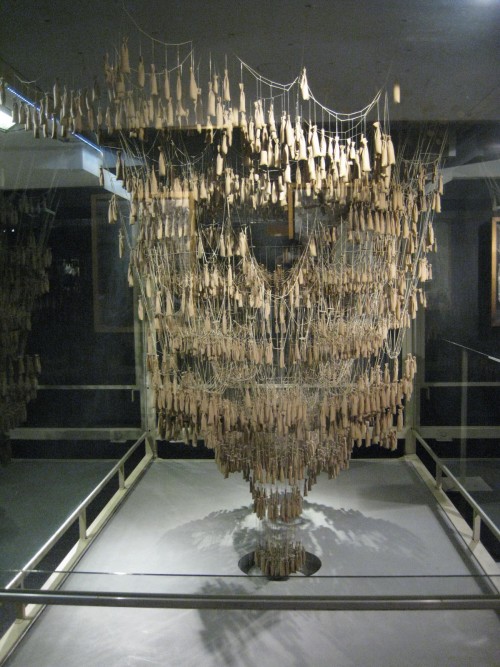
Photo courtesy of Suzie
Many others use the same strategy: Frei Otto, Arata Izozaki, Cecil Balmond to name a few…
One of the classic works, that explore that topic is the book “Structure in nature is a strategy for design” written by Peter Pearce.
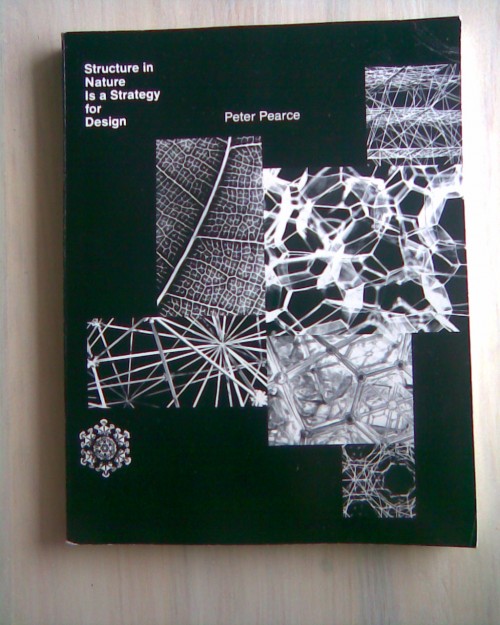
First published in 1978 by MIT Press, this book explores the relations between elements of natural structures as well as how to use the same principles in real structures. Mr. Pearce is founder of several entreprises, that created successfully projects following the design strategy presented in the book .
The same principles are used in contemporary projects as well. For example:
– The “Water cube” in Beijing
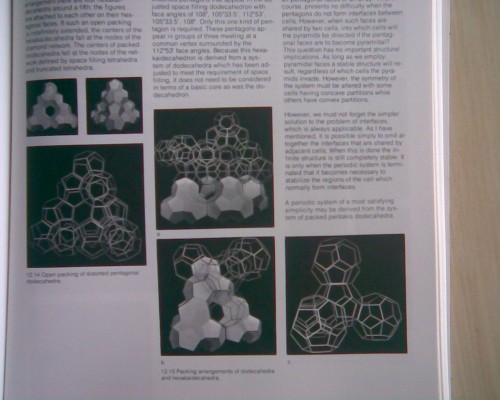
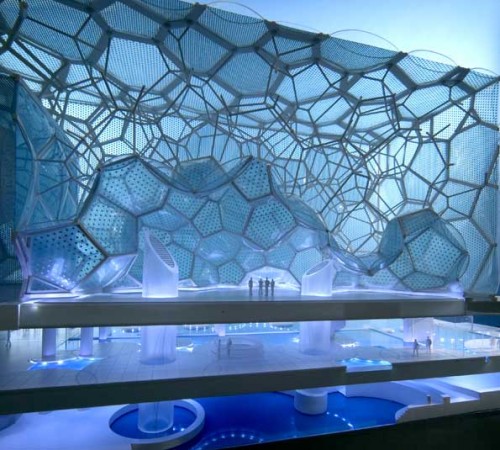
– Aranda/Lasch furniture

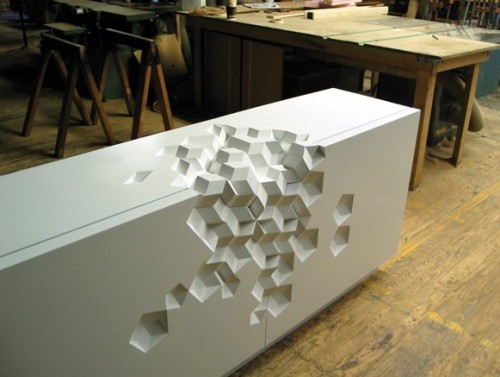
At the moment the book is out of stock and hard to find, having its last edition at 1990.

Fortunately, the “Buckminster Fuller” institute based in NY, USA had a few acopies of it. The institute is named after the famous architect, designer and inventor Buckminster Fuller , author of the biosphere in Montreal – the american pavilion at Expo’ 67.
The institute supports it’s activities by selling a limited edition of books.
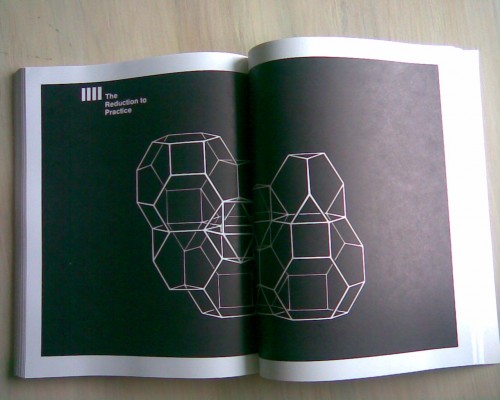
Unlike Amazon, the commerce is not the primary activity of the institute. Maybe the employees handling the orders are members of the organization.
As usual in the shipment there were few papers with details of the purchase.
But inside the book we found a hand-written message:
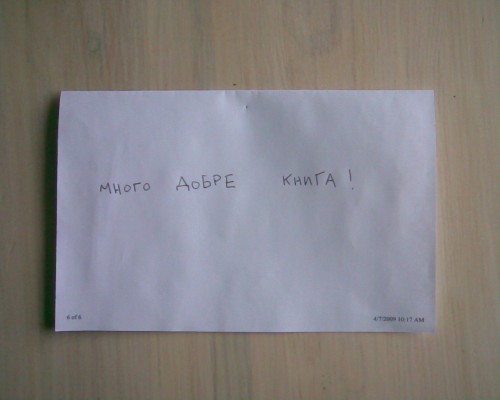
That means: “A very good book!” in bulgarian(with a charming typo 😉 ).
Nice 🙂


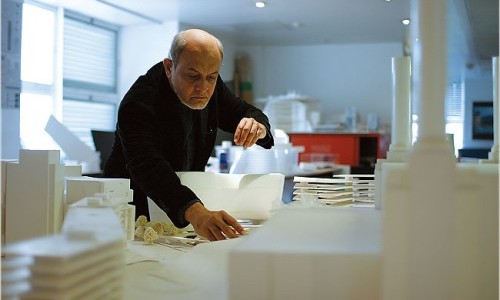

Здравейте kumaroffice,
мерси 🙂
поздрави за презентацията на pecha kucha – интересна история и страхотна графика 😉
бтв. днес ви видяхме на улицата 😉
браво
бяхте на другия тротоар…щеше да стане малко сложно… 😉
радваме се, че намирате морфокод за интересен 🙂
поздрави за “спирката”(така ли бяха нарекли Beach Bar-а? 🙂 ), фаворите сте ни още от Визар
Поздрави 🙂
хи хи, ми обаждайте се … ние ходим малко като коне с капаци и само единия има оправдание ;). бравото беше за целия ви сайт.
Pingback: Радиоларии: Архитектурата на микросвета | MORPHOCODE / BLOG